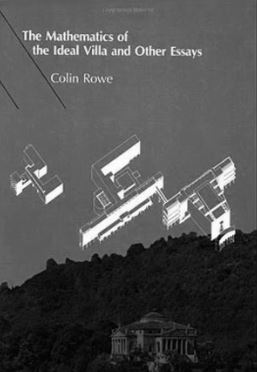The Mathematics of the Ideal Villa and Other Essays
Keywords:
Mathematics, Innovation, Architecture, physical parametersAbstract
Systematic Analysis of Unique Innovation to Create New Knowledge
Most of the key points used to define “Architecture” are related to the art or science of building and habitable structural design. In extended meanings, moreover, architecture can also be referred to the organisation to form the coherent assembly of other creations like gardens, novels as well as computer systems. To fulfil users’ physical, spatial and aesthetic needs, it has to go through systematic development process such as the widely regarded eight-step Plan of Work (Royal Institute of British Architects (RIBA), 2013). It is started from Strategic Definition at Stage 0 where business cases or the assessments of current situation, the upcoming benefits as well as the capability of the organisation to perform the task are conducted to make a decision on the future of a project development to the preparation of project objectives, outcomes as well as budget based on the reviews of physical parameters and constraints of site at Stage 1: Preparation and Brief.
Downloads
References
Brown, T. (2009). Change by design. New York: HarperCollins Publishers.
Handy, C. (1991). The age of unreason. London: Arrow Books.
Horayangkura, V. (Ed.). (2017). In revealing modern Thai architectural identity. Bangkok: Thammasat University Press.
Royal Institute of British Architects [RIBA]. (2013). RIBA plan of work 2013. Retrieved October 5, 2018 from https://www.ribaplanofwork.com.

Downloads
Published
How to Cite
Issue
Section
License

This work is licensed under a Creative Commons Attribution-NonCommercial-NoDerivatives 4.0 International License.











